Do’s & Don’ts of Organic food advertising and what the law says
Organic Food products have seen an increasing demand in the past decade globally. What are ‘Organic’ food products? Are they regulated in India? Part 18 of the series of articles on Misleading Ads by Advocate Aazmeen Kasad, serves to demystify the use of this claim and provide an in-depth understanding of what the law on such claims are, what labels help identify an ‘Organic food’ brand, what certificates are required, etc.
The demand for ‘Organic food’ across the word, and in India in particular, has witnessed a surge over the past decade. In urban parts, health-conscious consumers are increasingly opting for healthier, pesticide-free, environmentally friendly food products and a sustainable lifestyle.
The India Organic food market stood at a value of $849.5 million in 2020. The market is further expected to grow at a CAGR of about 20.5% in the forecast period of 2021 and 2026 to reach a value of about $2601 million by 2026. The organic food market in India is a niche market, with the market expected to see wider penetration in the coming years. Owing to the growing incidences of food adulteration, the demand for organic food is anticipated to rise in the coming years. The e-commerce industry growth also serves as an aid to enterprises as a way of appealing to potential consumers due to the lucrative offers and wider market penetration of the platforms. Based on product types, the market can be divided into organic beverages, cereal and food grains, meat, poultry and dairy, spices and pulses, processed food, and fruits and vegetables, among others. Organic beverages like tea have the greatest appeal, followed by milk products and pulses. (Source: https://www.expertmarketresearch.com/reports/india-organic-food-market)
While the trend sees a definite upwards growth, consumers are faced with several products claiming to be ‘Organic’ in nature, but from a consumer stand-point the dilemma continues as to ‘what constitutes an organic food product?’ Does ‘Organic’ refer to a product with zero pesticide? Do organic food products available in the market require any form of certification? What criteria should the consumer adopt to purchase ‘organic food’ products? Are any labels available on product packages to signify that the product is indeed ‘Organic’?
The Food Safety and Standards Authority of India (FSSAI) has the mandate to regulate, manufacture, distribute, sell or import ‘Organic Foods’ as per the Section 22 of the Food Safety Standards Act, 2006. Organic Foods are regulated by the Food Safety and Standards (Organic Foods) Regulations, 2017, which is notified under the Food Safety Standards Act, 2006.
Per the Food Safety and Standards (Organic Foods) Regulations, 2017, “Organic food” means food products that have been produced in accordance with specified standards for organic food production. The organic food offered or promoted for sale are mandated to comply with all the applicable provisions of one of the following systems, namely: (i) National Programme for Organic Production (NPOP); (ii) Participatory Guarantee System for India (PGS-India). (iii) any other system or standards as may be notified by the Food Authority from time to time. The Organic food which is marketed through direct sales by the small original producer or producer organisation, as determined on the basis of the sales turnover by the Food Authority from time to time, to the end consumer shall be exempted from the provisions of the systems.
Organic food refers to the product of a holistic agricultural system that focuses on bio-diversity, soil health, chemical-free inputs focused on an environmentally and socially responsible approach, and thus avoids the use of inorganic fertilisers, pesticides, and animal feed additives. Organic farming assures customers that toxic pesticides, synthetic fertilisers, and genetically modified organisms (GMOs) are not used in the processing of food and that no antibiotics or growth hormones have been administered to the livestock.
For residues of insecticides in Organic Foods, a limit of 5% of the maximum limits prescribed or level of quantification, whichever is higher for various foods specified under the Food Safety and Standards (Contaminants, Toxins and Residues) Regulations, 2011 is mandated.
Further, ‘Organic Food’ should comply with the maximum limits of contaminants (metal contaminants, naturally occurring toxic substances, Aflatoxins, etc.) as specified under the Food Safety and Standards (Contaminants, Toxins and Residues) Regulations, 2011.
For Microbiological and other quality parameters, ‘Organic Foods’ are expected to comply with parameters and limits specified in Food Safety and Standards (Food Product Standards and Food Additives) Regulations, 2011.
Organic food is required to be certified. It is a pre-requisite and a requirement for obtaining a licence under the FSSR. The Accredited certifying bodies in case of NPOP and local groups in case of PGS-India, are responsible for certifying the Organic Food.
Labelling on the package of Organic Food must convey full and accurate information on the organic status of the product. The label may also carry the India Organic Logo (NPOP certified) or PGS – India Organic Logo (PGS India certified) depending on the system under which it is certified, in addition to the Food Safety and Standard Authority of India’s organic logo. Consumers should look for FSSAI’s Organic Logo (Jaivik Bharat) and the FSSAI Logo and licence number.
Section 24 of the Food Safety and Standards Act, 2006 (the ‘Act’) provides restrictions on advertisements related to food and prohibits unfair trade practices in promoting the sale, supply, use and consumption of articles of food. The Act expressly prohibits an advertisement of any food which is misleading or deceiving or contravenes the provisions of the Act, rules and regulations notified under it.
The Act bars any false or misleading representation/ claims being made with respect to the standard, quality, quantity, grade composition, need for/ usefulness or any efficacy guarantee being made to the public unless it is based on adequate or scientific justification.
Per Section 53 of the Act, any person who publishes, or is a party to the publication of an advertisement, which (a) falsely describes any food; or (b) is likely to mislead as to the nature or substance or quality of any food or gives false guarantee, is liable to be fined up to Rs 10 lakh.
More recently, the FSSAI has brought into force the Food Safety and Standards (Advertising and Claims) Regulations, 2018 (the ‘Regulations’) which govern advertising and claims made by Food Business Operators, to prevent consumers from being misled. Food Business Operators are mandated to comply with all the provisions of these Regulations from July 1, 2019.
A “claim” is any representation which is printed, oral, audio or visual and states, suggests, or implies that a specific kind of food/ food product has particular qualities relating to its origin, nutritional properties, nature, processing, composition or otherwise.
If an advertisement contravenes the provisions of the Act, but the label of the product accurately states the relevant information regarding the product, will the advertiser still be liable for the fine? The provisions of the section 53 of the Food Safety and Standards Act, 2006 states that the fact that a label or advertisement relating to any article of food in respect of which the contravention is alleged to have been committed contained an accurate statement of the composition of the food, shall not preclude the court from finding that the contravention was committed.
A number of processed food advertisers resort to Comparative Advertising. Advertisers should be cautious when resorting to comparative advertising to avoid being sued for unfair and dishonest/ misleading advertising. How does one ensure honest comparisons? There are several checks and measures that advertisers should ensure adherence to. The foremost is by comparing apples to apples. Invariably, advertisers risk their campaign by comparing apples to oranges. Most brands that indulge in such kind of advertising believe that they are safe by writing a disclaimer in a small font at the end of the advertisement. However, the courts have held a contrary view as most consumers believe what they see and hear in the advertisements. The small type disclaimers are illegible and seldom read by the consumers. Besides, a disclaimer cannot be used to correct a misleading claim in an advertisement nor contradict the main claim in the advertisement.
A number of Food brands engage celebrities to endorse their products. While there is no prohibition under any applicable law on using celebrity endorsements for food product brands, the celebrities/ endorsers should bear in mind the liability that can arise both under the Section 53 of the Food Safety and Standards Act, 2006 as also under the newly enforced Consumer Protection Act, 2019.
The Consumer Protection Act, 2019 introduces new provisions on ‘Misleading Advertisements’ and ‘Celebrity Endorsements’. The provision not only holds the advertiser liable but the publisher of the false and misleading advertisement and the endorsers will also be equally liable for the same.
Having said that, the Act does provide certain defences for such parties. A party held liable can claim that the publication of the advertisement was done in the ordinary course of business without any knowledge of the fact that publishing the said advertisement would constitute an offence. Another form of defence available is that the person undertook all reasonable precautions and exercised all due diligence to prevent the commission of the offence; and that the offence was committed on account of an act or default of another person or reliance on information supplied by another person, etc.
Additionally, a new mechanism has been put in place by which complaints filed against a misleading advertisement shall be investigated and pecuniary penalties up to Rs 50 lakh shall be imposed on the advertiser if the advertisement is found to be false or misleading and up to Rs 10 lakh on the persons publishing the said misleading advertisements.
Per Section 2(1) of the Consumer Protection Act, an ‘advertisement’ means any audio or visual publicity, representation, endorsement or pronouncement made by means of light, sound, smoke, gas, print, electronic media, Internet or website and includes any notice, circular, label, wrapper, invoice or such other documents. Therefore, this includes advertisements not only on the traditional media such as print, radio or television advertisements, but also includes packaging, point of sale material, etc. Advertisements on the Internet, including social media such as ads posted on Facebook, Instagram, Twitter, LinkedIn, etc., also fall within the purview of the Act, as do advertisements on websites, which includes the advertiser’s own website(s).
A ‘misleading advertisement’ in relation to any product or service, is an advertisement, which (i) falsely describes such product or service; or (ii) gives a false guarantee to, or is likely to mislead the consumers as to the nature, substance, quantity or quality of such product or service; or (iii) conveys an express or implied representation which, if made by the manufacturer or seller or service provider thereof, would constitute an unfair trade practice; or (iv) deliberately conceals important information. Thus, any advertisement which expressly or impliedly misleads consumers about the product or service will also be considered as misleading in nature.
The Central Consumer Protection Authority will regulate matters relating to violation of rights of consumers, unfair trade practices and false or misleading advertisements which are prejudicial to the interests of public and consumers to promote, protect and enforce the rights of consumers. This Authority shall be headquartered in the National Capital Region of Delhi and may have regional and other offices across India.
A complaint relating to any false or misleading advertisements may be forwarded either in writing or in electronic mode, to any one of the authorities, namely, the District Collector or the Commissioner of regional office or the Central Authority. After a preliminary enquiry is made, if the Central Authority is satisfied that a prima facie case exists, an investigation shall be conducted.
Where the Central Authority is satisfied after conducting the investigation that the advertisement for which a complaint is received is false or misleading and is prejudicial to the interest of any consumer or is in contravention of consumer rights, it may, by order, issue directions to the concerned trader or manufacturer or endorser or advertiser or publisher, as the case may be, to discontinue such advertisement or to modify the same in such manner and within such time as may be specified in that order. If the Central Authority is of the opinion that it is necessary to impose a penalty in respect of such false or misleading advertisement, by a manufacturer or an endorser, it may, by order, impose on manufacturer or celebrity endorser a penalty which may extend to Rs 10 lakh: Provided that the Central Authority may, for every subsequent contravention by a manufacturer or endorser, impose a penalty, which may extend to Rs 50 lakh. Additionally, where the Central Authority deems it necessary, it may, by order, prohibit the celebrity endorser of a false or misleading advertisement from making endorsement of any product or service for a period which may extend to one year: For every subsequent contravention, prohibit such endorser from making endorsement in respect of any product or service for a period which may extend to three years. Where the Central Authority is satisfied after conducting an investigation, that any person is found to publish, or is a party to the publication of a misleading advertisement, except in the ordinary course of his business, it may impose on such person a penalty which may extend to Rs 10 lakh. The defence that the false or misleading advertisement was published in the ordinary course of business shall not be available to such person if he had previous knowledge of the order passed by the Central Authority for withdrawal or modification of such advertisement.
In light of the newly introduced provisions under the Act, which came into force from July 20, 2020, it is advisable for both the advertisers and the endorsers to exercise caution in the claims that form part of the advertisement of the goods/ services. The ensuing Parts of the series will pertain to various aspects of what constitutes Misleading Advertising and key judicial precedents on the same.
Advocate Aazmeen Kasad is a practicing corporate advocate with over 20 years of experience, with a focus on the Media, Technology and Telecom industries. She is also a professor of law since 14 years. She is a member of the Consumer Complaints Council of the Advertising Standards Council of India. She is a speaker at several forums.




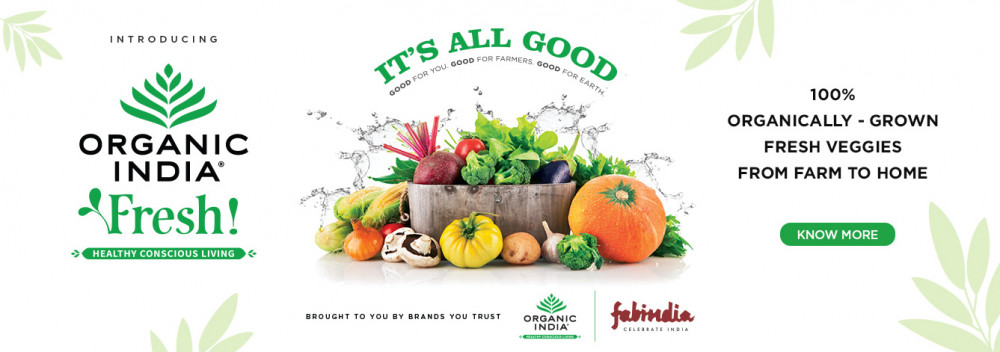

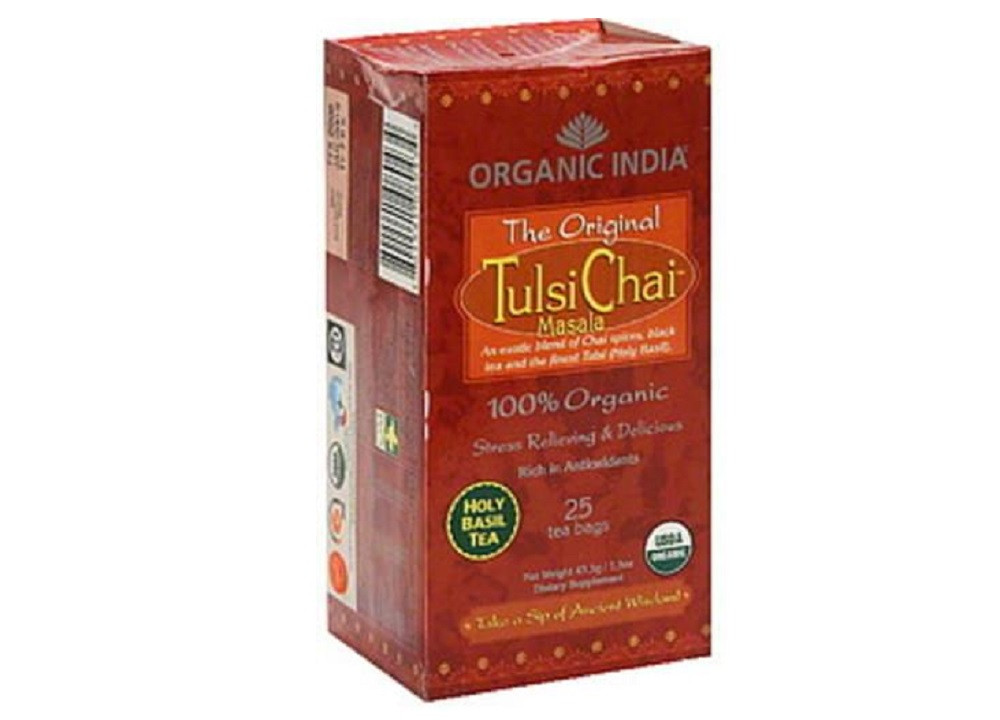


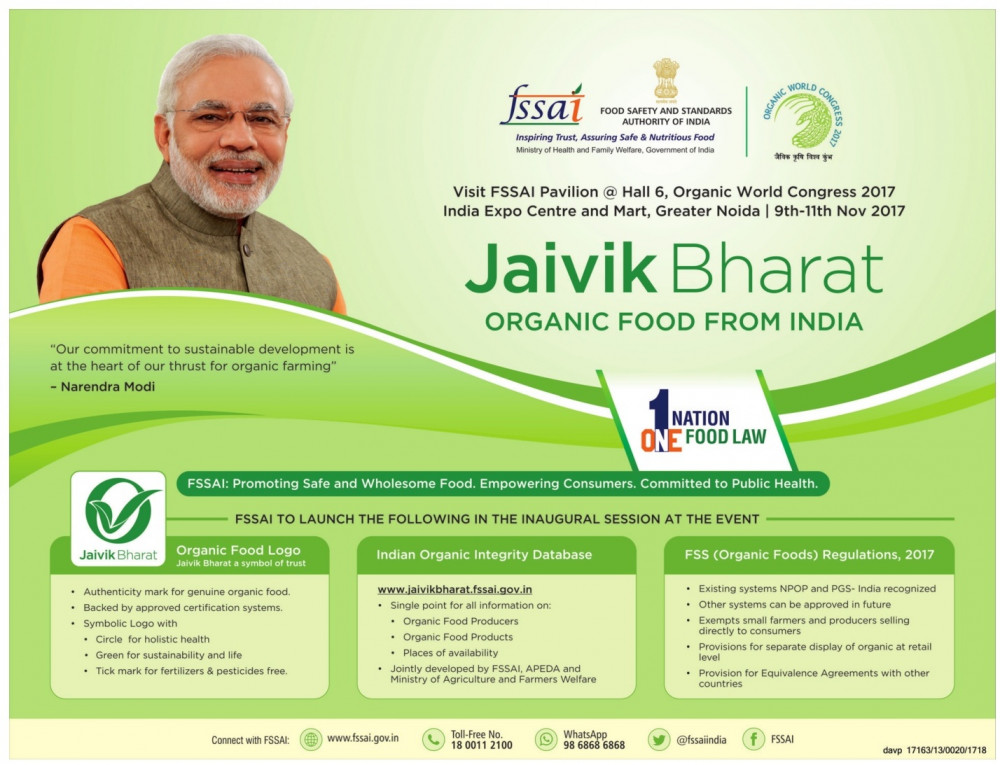

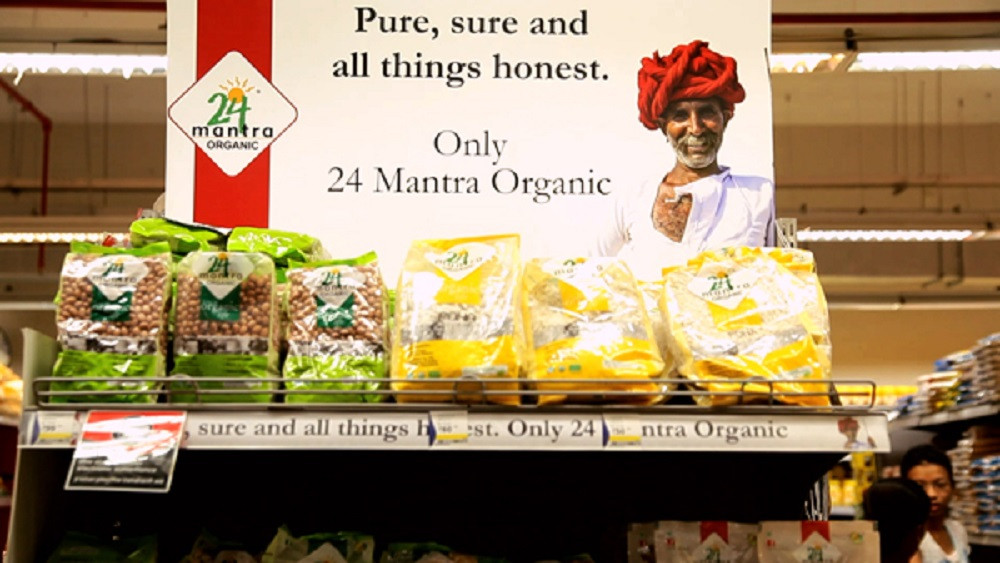
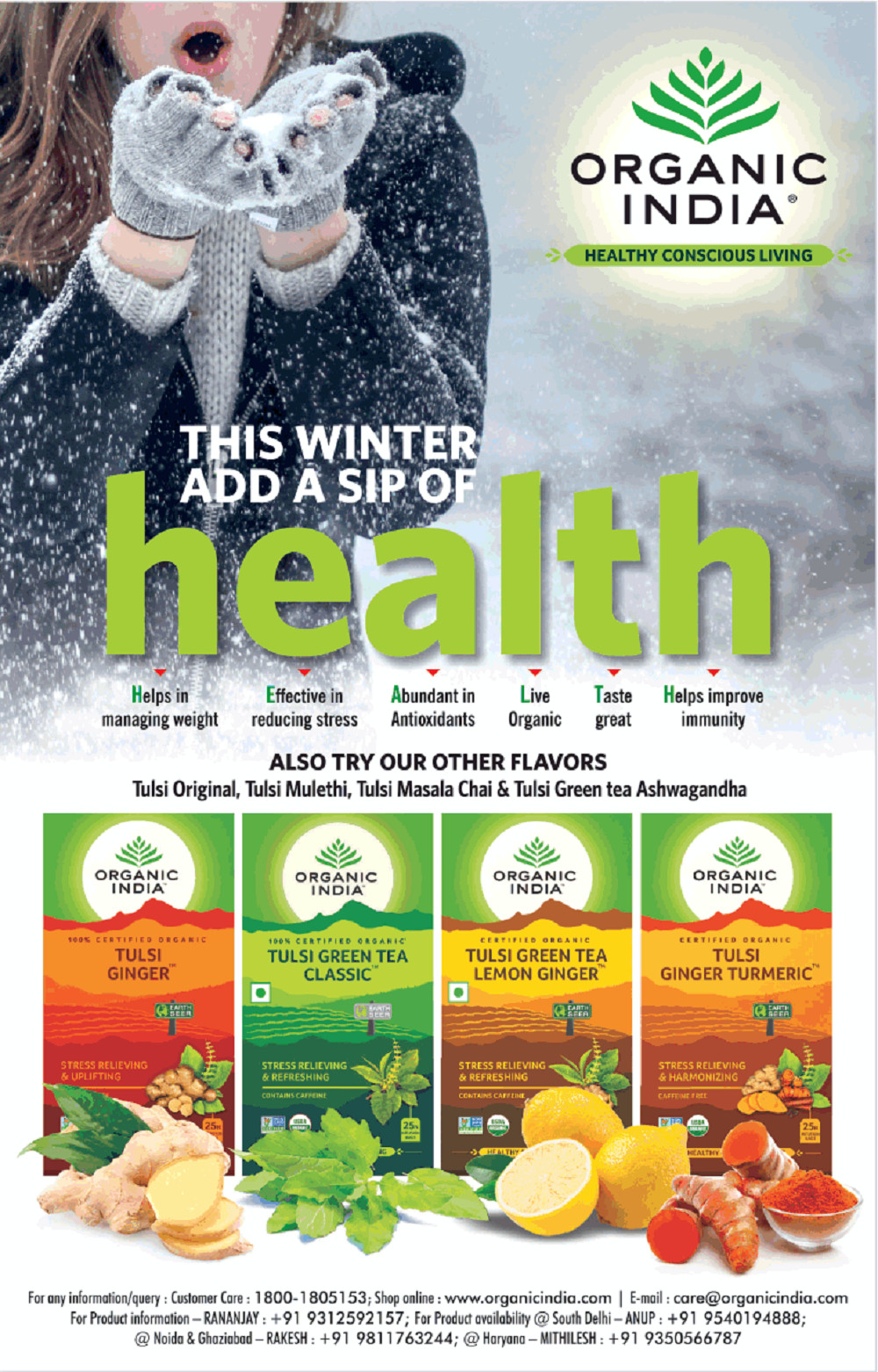
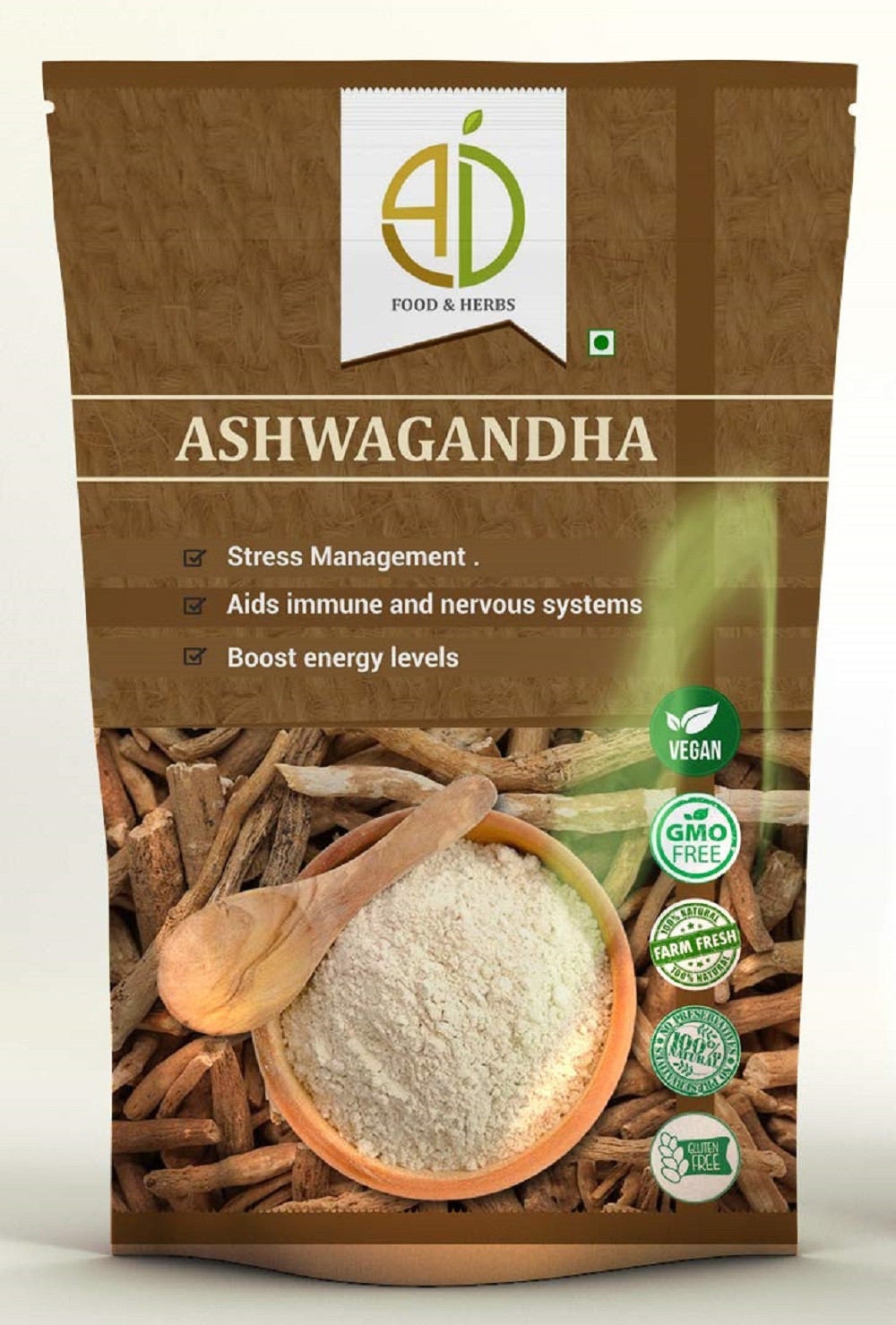
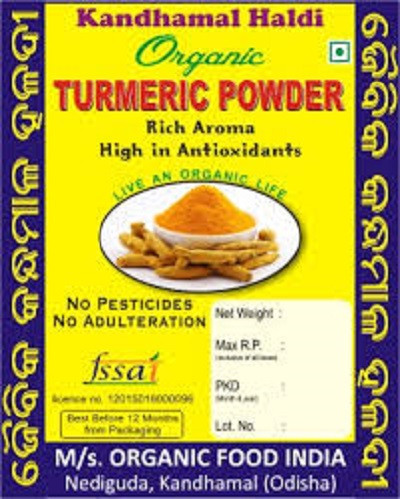
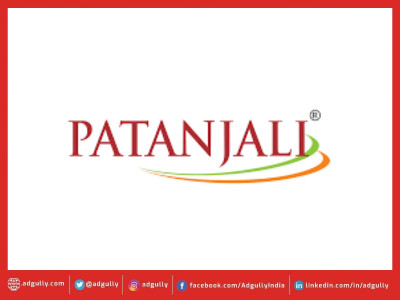
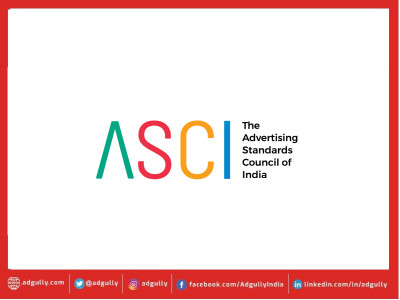









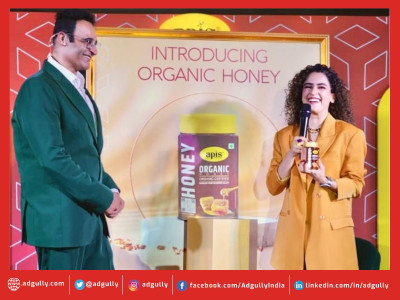

Share
Facebook
YouTube
Tweet
Twitter
LinkedIn